What are the four dimensions used to scope an architecture?
Refer to the table below:
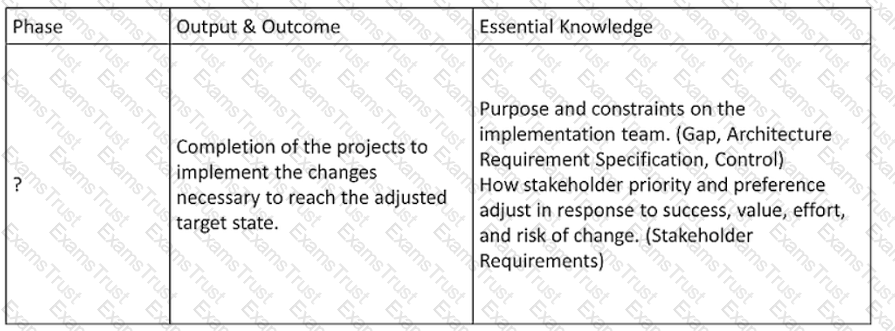
Which ADM Phase does this describe?
Consider the following statements.
1. All processes, decision-making, and mechanisms used will be established so as to minimize or avoid potential conflicts of interest.
2. More effective strategic decision-making will be made by C-Level executives and business leaders.
3. All actions implemented and their decision support will be available for inspection by authorized organization and provider parties.
4. Digital Transformation and operations will be more effective and efficient.
Which statements highlight the value and necessity for Architecture Governance to be adopted within organizations?
Refer to the table below:

Which ADM Phase does this describe?
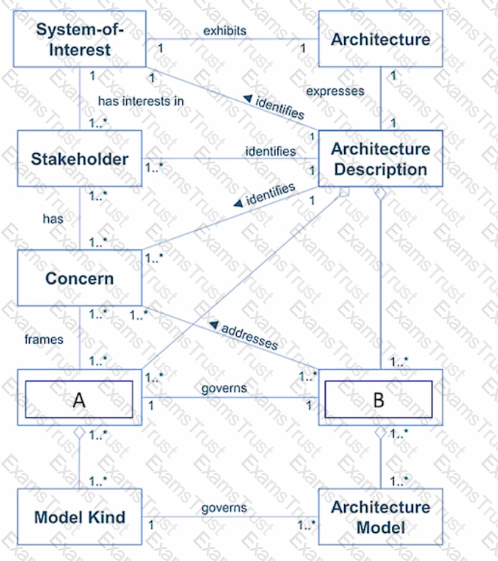
Consider the image showing basic architectural concepts.
What are items A and B?
Which of the following describes the practice by which the enterprise architecture is managed and controlled at an enterprise-wide level?
Which of the following statements about architecture partitioning is correct?
According to the TOGAF standard, what term describes an individual with an interest in a system?
What are the following activities part of?
• Initial risk assessment
• Risk mitigation and residual risk assessment
• Risk monitoring
What does the TOGAF ADM recommend for use in developing an Architecture Vision document?
Complete the sentence A business scenario describes______________
Consider the following chart:
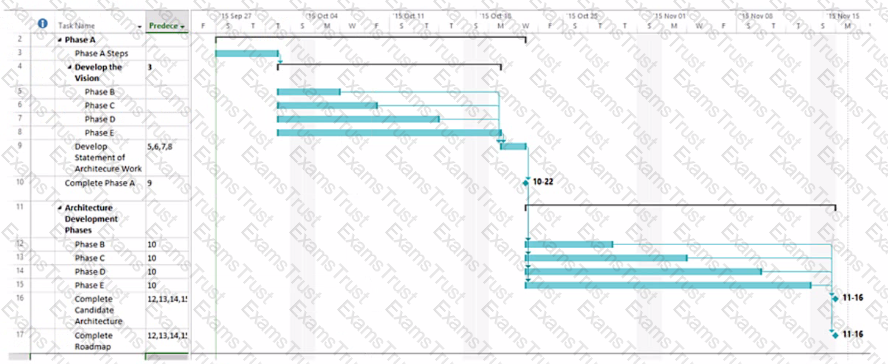
Which important concept for Enterprise Architecture Practitioners does it illustrate?
Exhibit
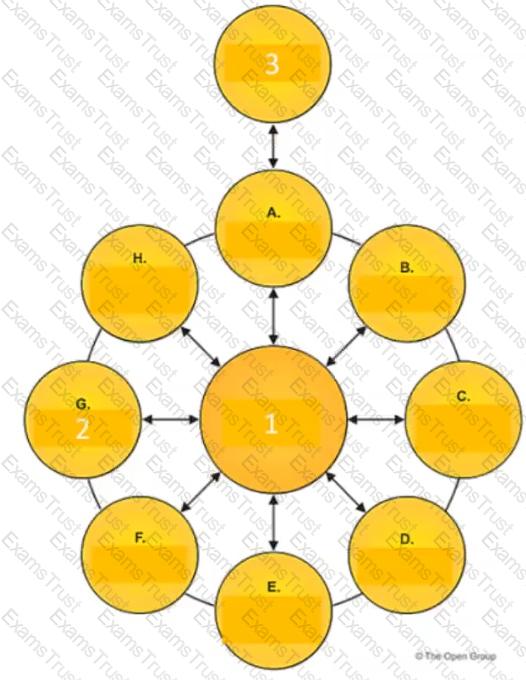
Consider the illustration showing an architecture development cycle Which description matches the phase of the ADM labeled as item 1?
Exhibit:
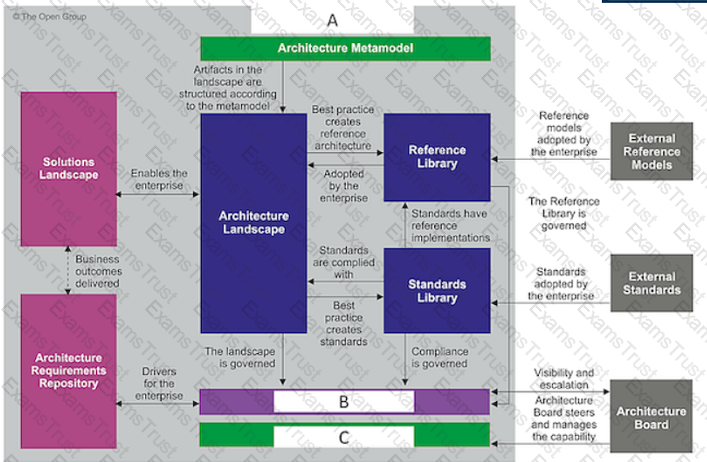
Consider the illustration. What are the items labelled A, B, and C?
Complete the sentence. The four purposes that typically frame the planning horizon, depth and breadth of an Architecture Project, and the contents of the EA Repository are Strategy, Portfolio,
Complete the sentence The Enterprise Continuum provides methods for classifying architecture artifacts as they evolve from________________________.
Please read this scenario prior to answering the question
You are working as the Chief Enterprise Architect within a law firm specializing in personal injury cases. Many of the firm's competitors have improved their litigation strategies, and efficiency by streamlining their processes using Artificial Intelligence {Al).
The CIO has approved a Request for Architecture Work to examine the use of Machine Learning in defining a new Al-driven litigation and finance process for the firm. This process would instruct the lawyers and analysts as to what tasks and portfolio they should work on. The key objectives are to increase task profitability, maximize staff utilization, and increase individual profitability.
The CIO has emphasized that the architecture should enable the fast implementation of continuous Machine Learning. The solution will need to be constantly measured for delivered value and be quickly iterated to success.
Some of the partners have expressed concerns about letting the Al make the decisions, others about the risks associated with use of it for the type of service they deliver. The CIO wants to know if these concerns can be addressed, and how risks will be covered by a new architecture enabling Al and Machine Learning.
Refer to the scenario
You have been asked to respond to the CIO recommending an approach that would enable the development of an architecture that addresses the concerns of the CIO and the concerns of the partners.
Based on the TOGAF standard which of the following is the best answer?
Please read this scenario prior to answering the question
You are the Lead Enterprise Architect at a major agribusiness company. The company's main harvest is lentils, a highly valued food grown worldwide. The lentil parasite, broomrape, has been an increasing concern for many years and is now becoming resistant to chemical controls. In addition, changes in climate favor the propagation and growth of the parasite. As a result, the parasite cannot realistically be exterminated, and it has become pandemic, with lentil yields falling globally.
In response to the situation, the CEO has decided that the lentil fields will be used for another harvest. The company will also cease to process third-party lentils and will repurpose its processing plants. Thus, the target market will change, and the end-products will be different and more varied.
The company has recently established an Enterprise Architecture practice based on the TOGAF standard as method and guiding framework. The CIO is the sponsor of the activity. A formal request for architecture change has been approved. At this stage there is no fixed scope, shared vision, or objectives.
Refer to the scenario
You have been asked to propose the best approach for architecture development to realize the CEO's change in direction for the company.
Based on the TOGAF standard which of the following is the best answer?